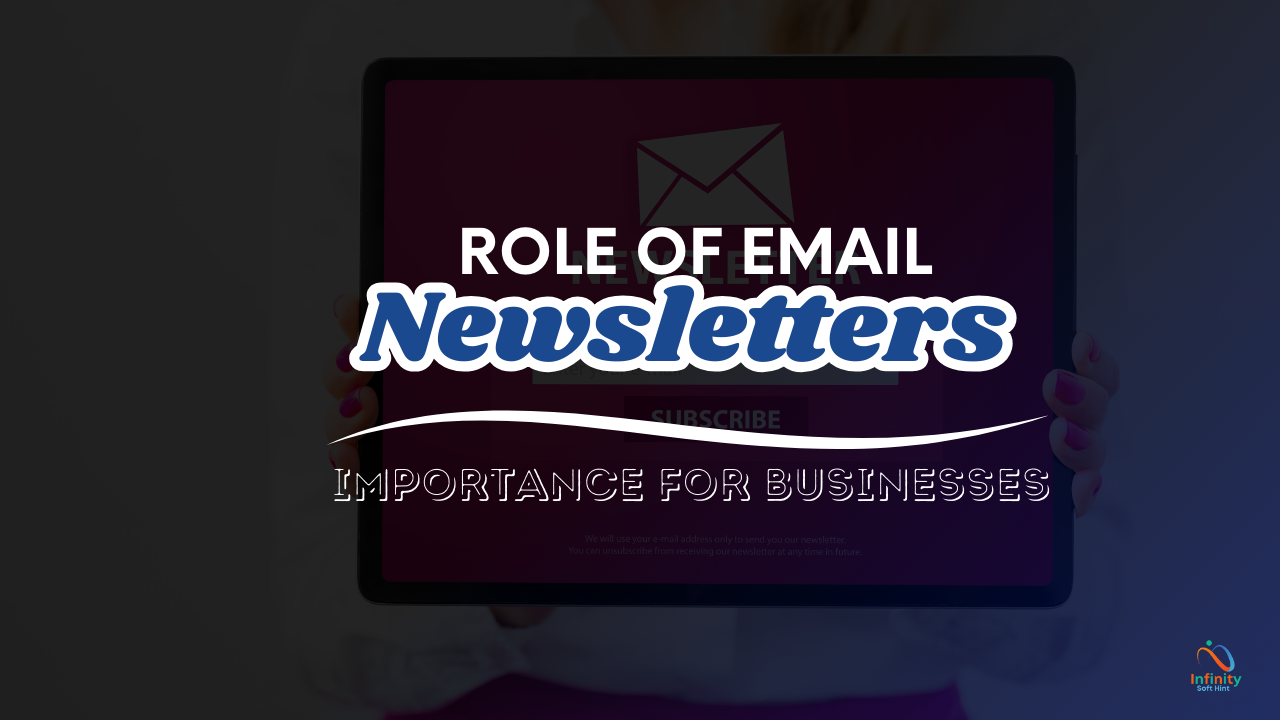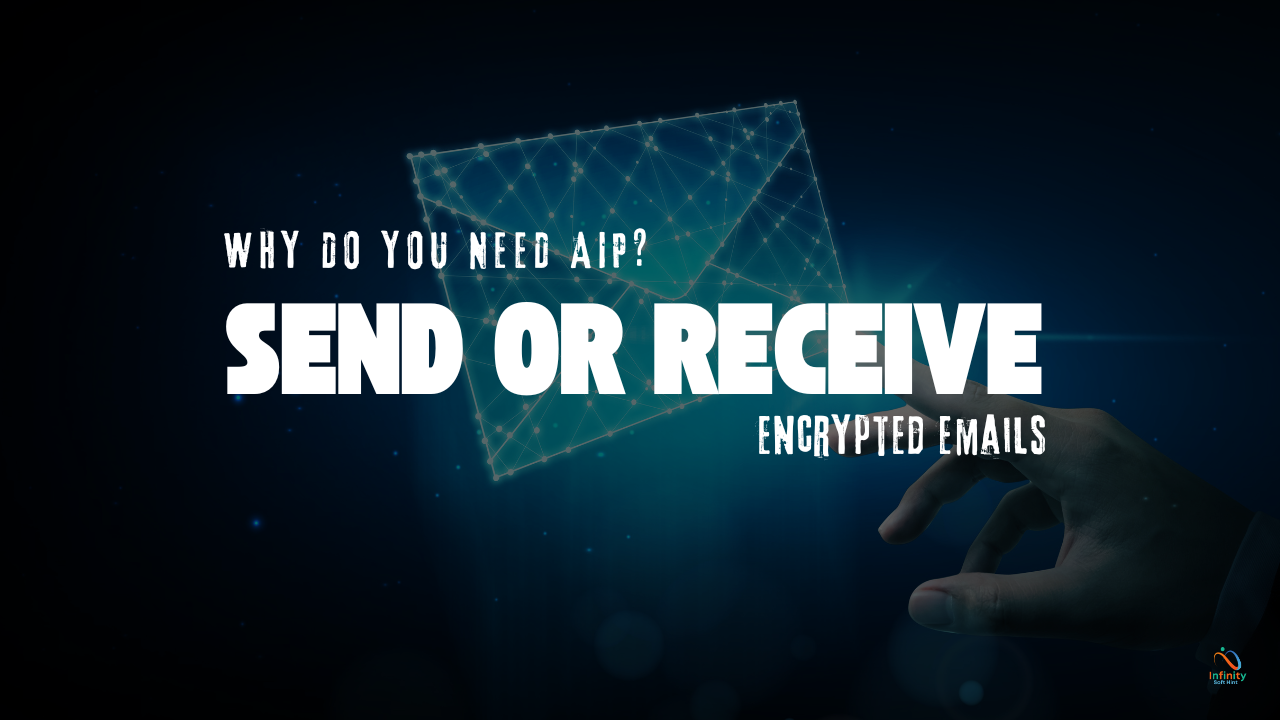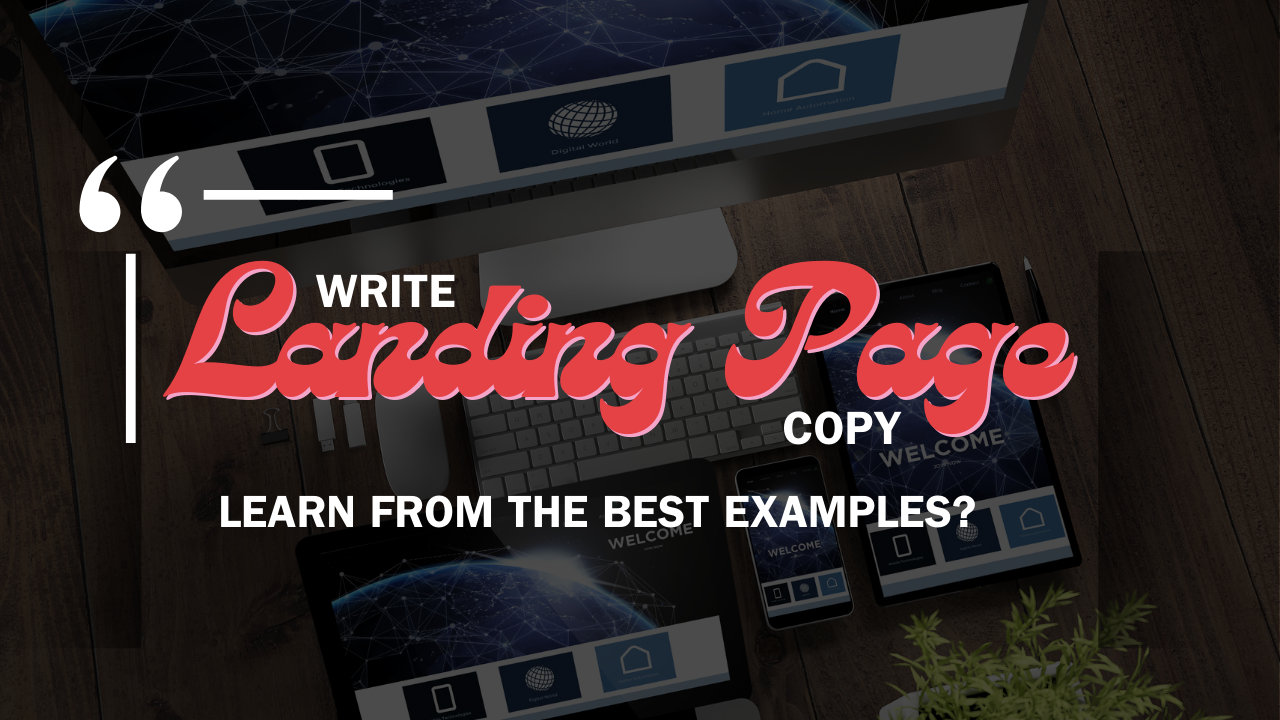Email newsletters have remained a powerful tool in the marketing strategy of businesses of all sizes. Whether you’re a small business owner, an entrepreneur, or a marketing professional, leveraging newsletters can help you strengthen customer relationships, drive conversions, and stand out in your industry.
This guide will explore what makes newsletters so essential for businesses today, from their unmatched benefits to practical advice on creating successful campaigns.
What is an Email Newsletter?
An email newsletter is a recurring email sent by businesses to their subscribers to provide updates, share valuable content, or promote products and services. They aim to engage the audience and keep them connected to the brand.
But successful newsletters go beyond simply sending emails—they’re an extension of your brand. Every great newsletter includes these key components:
- Clear Purpose: Define the purpose of each email (e.g., promotions, educational content, announcements).
- Value-Rich Content: Provide something your audience will find useful or enjoyable.
- Strong Call-to-Action (CTA): Encourage recipients to take a next step, whether it’s visiting your website, reading an article, or making a purchase.
Key Benefits of Email Newsletters

1. Direct Communication Channel
Email newsletters allow you to connect directly with your audience—no algorithms to battle. They land in your recipient’s inbox, offering a more personal and direct way to communicate.
2. Building Customer Relationships
Consistently showing up in your audience’s inbox builds trust and strengthens relationships over time. By sharing valuable insights, tips, and stories, your brand stays relevant and top-of-mind.
3. Driving Traffic and Conversions
Newsletters are a proven way to drive traffic to your website or blog. Incorporating strategic CTAs can also boost sales, promote events, or even help you grow your social media following.
4. Cost-Effective Marketing Tool
Compared to traditional advertising or high-budget campaigns, email marketing is incredibly affordable. Many platforms offer pricing tailored to businesses of all sizes.
5. Improving Customer Communication and Support
Email newsletters are not just promotional—they can also be a way to listen. Through feedback forms or polls, they give your customers a voice in improving your service.
Crafting Compelling Email Newsletters
It’s not enough to simply send emails. The success of your effort depends on how compelling your content and design are.
1. Define Your Target Audience and Goals
Understand who you’re speaking to and what you want to achieve—whether it’s boosting sales, raising awareness, or sharing updates.
2. Create Engaging Content
Offer valuable content that’s helpful or inspiring. Share tips, industry insights, or exclusive deals your readers can’t get elsewhere.
3. The Power of Personalization
Personalized emails lead to better engagement. Use your subscribers’ names and tailor content to their interests or previous actions.
4. Design Eye-Catching Layouts
A visually appealing layout can make or break a newsletter. Simple, clean designs combined with vivid images and easy-to-read fonts create impact. Create classic email newsletter design using our email template builder with it’s excellence drag and drop features.
5. Write Effective Subject Lines
Your subject line is your first impression—make it count. Keep it short, intriguing, and action-oriented to improve your open rates.
6. Optimize for Mobile Devices
About 46% of email opens occur on mobile devices, so ensure your design is responsive and mobile-friendly.
Types of Email Newsletters and Their Uses

Not all newsletters are created equal! Here are some types businesses can explore for different scenarios:
- Product Announcements: Keep subscribers updated on new releases, improvements, or upcoming launches.
- Educational Content: Share blog posts, e-books, or how-to guides to establish expertise and provide value.
- Event Invitations and Updates: Inform subscribers about events, webinars, or workshops they’d benefit from.
- Exclusive Promotions and Discounts: Reward your loyal subscribers with special deals, coupon codes, or early-bird offers.
Tools and Platforms for Creating and Managing Newsletters
A variety of tools are available to help you send professional newsletters effortlessly. Here’s an overview of some popular platforms:
1. Mailchimp
- Pros: User-friendly, robust automation, and analytics.
- Cons: Pricing can rise quickly for larger lists.
2. ConvertKit
- Pros: Ideal for creators, great automation options.
- Cons: Steeper learning curve for beginners.
3. Constant Contact
- Pros: Easy-to-use, excellent for small businesses.
- Cons: Limited automation tools compared to competitors.
4. MailerLite
- Pros: Affordable and beginner-friendly with drag-and-drop editors.
- Cons: Lacks advanced features.
5. HubSpot
- Pros: Comprehensive marketing suite, integrates with CRM.
- Cons: Overwhelming for small-scale users.
6. Brevo
- Pros: Customizable templates, advanced segmentation options.
- Cons: Limited automation and reporting features compared to competitors.
7. AWeber
- Pros: Affordable, user-friendly, and good for beginners.
- Cons: Limited advanced features compared to competitors.
8. Benchmark Email
- Pros: Affordable, easy-to-use, good for small businesses.
- Cons: Limited automation features compared to others.
9. Omnisend
- Pros: Designed for e-commerce, offers SMS marketing, product recommendations.
- Cons: Can be complex for non-e-commerce businesses.
10. Sendinblue
- Pros: Affordable, easy-to-use, offers SMS marketing and live chat.
- Cons: Limited automation features compared to others.
Best Practices for Email Marketing Success

Achieving long-term success with your newsletters requires careful strategy and adherence to proven practices:
- Build and Maintain Your Email List: Use opt-in methods to grow your list ethically and stay compliant with regulations.
- Send Emails at the Right Time: Analyze your data to discover optimal send times for maximum engagement.
- Track Performance Metrics: Open rates, CTR, and ROI should guide your strategy going forward.
- Stay Updated on Laws: Comply with CAN-SPAM, GDPR, or other applicable email laws to avoid penalties.
- Engage with Your Subscribers: Encourage feedback and respond to inquiries. Show your brand’s personality through your newsletter.
Challenges Businesses Face with Email Newsletters
Like any marketing tool, email newsletters come with their own challenges:
Overcoming Spam Filters: Use clear, concise subject lines and avoid spammy words to ensure deliverability.
Managing Unsubscribes: Regularly clean your list to remove inactive subscribers and focus on engagement.
Ensuring Mobile-Friendly Design: Test your emails on multiple platforms to fix responsive issues.
Case Studies and Success Stories
Many businesses are already reaping the benefits of newsletters. For instance:
- A boutique fashion store saw a 30% increase in website traffic by announcing their seasonal collection exclusively via email.
- A health coach retained 90% of her clients by sending weekly wellness tips and recipes.
- A tech startup used segmented newsletters to deliver targeted product updates, reducing churn by 20%.
The Future of Email Newsletters Is Bright
Email newsletters remain one of the most powerful tools in a business’s marketing arsenal. They create meaningful connections, enhance brand loyalty, and deliver exceptional ROI when done right.
Whether you’re launching your first campaign or fine-tuning an existing one, consistency and adaptability are key. Start today, and with every email delivered, you’ll get closer to growing a loyal, engaged audience.
FAQs
It’s best to segment your email list and tailor content based on subscriber preferences for optimum engagement.
This can vary depending on your industry, audience, and goals. Test different frequencies to find what works best for you.
Many platforms offer tiered pricing plans based on the size of your list, making it affordable for businesses of all sizes. Additionally, you can start with a smaller list and grow it over time before upgrading to a higher plan.
First, determine your goal and target audience. Then, choose a platform and create a visually appealing template. Finally, write engaging content and track performance metrics for future improvements.
While some free services may be available, they often come with limited features and branding restrictions. It’s worth investing in a professional newsletter platform for better results.




